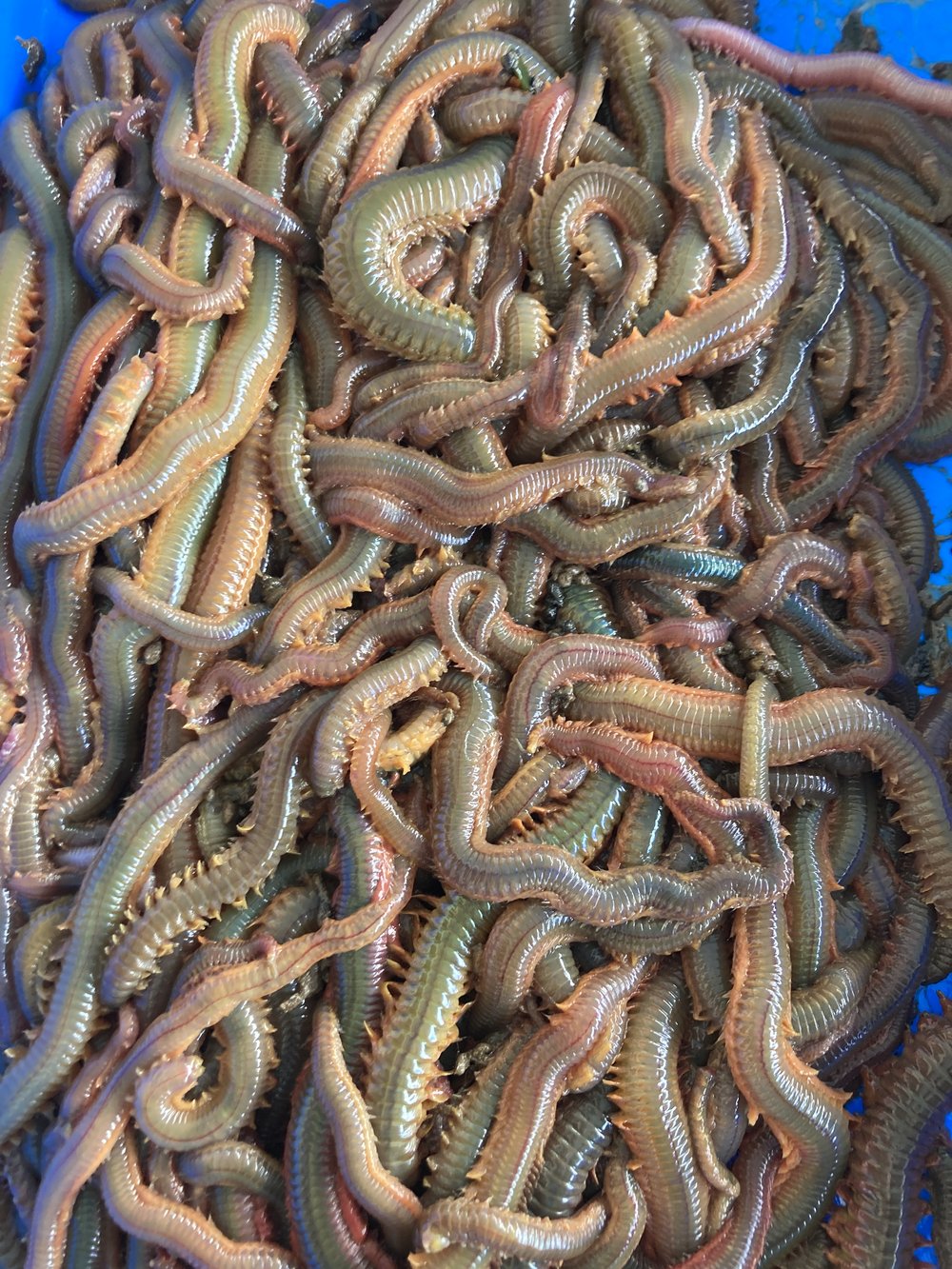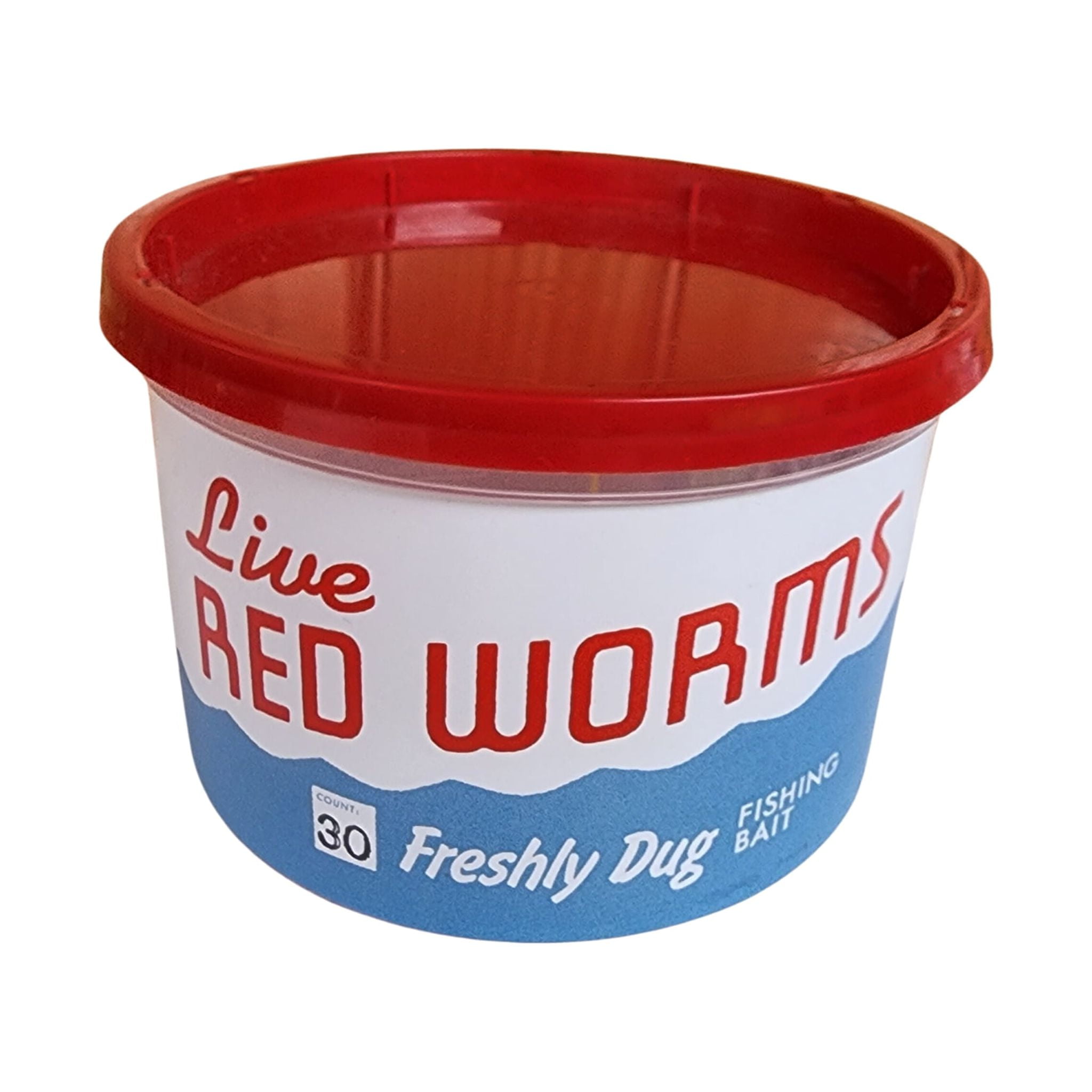More About Where To Find Red Wigglers
More About Where To Find Red Wigglers
Blog Article
Getting My Where To Find Red Wigglers To Work
Table of ContentsThe 10-Second Trick For Where To Find Red WigglersThe Best Guide To Where To Find Red WigglersAll about Where To Find Red WigglersThe Best Guide To Where To Find Red WigglersA Biased View of Where To Find Red WigglersThe Ultimate Guide To Where To Find Red Wigglers
For best outcomes, you desire to shoot for concerning 60-70% dampness degree. At the excellent wetness levels which is simply under 70% that handful must barely yield one drop of fluid.
The Indian Blue is ravenous, however also chooses a warmer climate and it additionally exhibits a propensity to escape the container. The red wiggler is a sturdy worm and isn't as picky concerning its environment. I like to call it the Ford Taurus of vermicomposting worms; you will not brag to your hardcore composting pals that you possess them, but they will certainly serve you well.
As Faucet demonstrated, a fishermen can do a good deal to make a worm more attractive.
Where To Find Red Wigglers Can Be Fun For Everyone
I assume you will as well if you attempt them. The smaller sized the trout stream, the better worms work is an axiom that hasn't changed in the 100-plus years given that Perry wrote his write-up. Fishermens of his period merely stuck their rickety fishing pole through alder tangles and went down a heavy worm into a deep opening.
Early morning is prime feeding time, and the insubstantial lure's sluggish descent leaves 5 inches of agonizing protein completely view for rather a while. After you've made the cast, keep the bond open and put the pole in a forked stick. The line will diminish the pole in sluggish loops as the worm resolves, however usually the slow loopholes will certainly come to be a blur, and the morning will all of a sudden get rather intriguing.
I generally make use of a whole 'crawler, favor marabou clothing, and drop the pole for 2 or 3 seconds when I obtain a hit.
If it's there, established the hook with a move rather than a jerk. As soon as in a while you'll discover yourself hooked to those sluggish, passionate pulls, and really feel the weight of a nice walleye.
Some Known Questions About Where To Find Red Wigglers.
When the hefty walleyes proceed to the big-water shoals in the late summer season, attempt going after them with a bucktail jig and a 1-inch pinch of nightcrawler. The lure covers the hook point, deflects weeds, and provides a taste of victim. With absolutely nothing dangling or flapping, it continues to be safe despite current, casts, or enthusiastic panfish.
Whether you're wading or angling from a watercraft, drifting worms is just one of the terrific searching methods for larger rivers. For trout, a spade-dug, 4-inch garden worm is the right size; for bass, walleyes, and steelhead, a nightcrawler may be a far better option. The key is to drift the lure with feeding and holding locations because fish in current are not mosting likely to chase after down the lure, as they might in still water.
Strikes will come as a sharp pull instead of a pull or rap. Fish the transitions: mouths of tributaries, bank-side slicks, and the sides of large swimming pools. As the late Ed Zern, Area & Stream's great humorist, when placed it: Anglers are birthed straightforward yet they get over it. His dictum applies to any kind of variety of angling maneuvers, consisting of the matter of adding a piece of worm to a wet fly.

The smart Trick of Where To Find Red Wigglers That Nobody is Talking About
Add a couple of hundred worms and feed them two times a week. Maintain the bedding damp yet not damp. On the food selection: lettuce, fruit and veggie waste, and the periodic nongreasy extra.
Similar to veggie scraps, you can take your utilized coffee premises and include them to a worm box. Worms love eating coffee premises. With the appropriate problems and moist, healthy soil, worms can stay in a container of dirt for around three weeks. Store out of direct sunlight and maintain a temperature level in between 50 and 80 levels.
When the hefty walleyes proceed to the big-water shoals in the late summer season, try pursuing them with a bucktail jig and a 1-inch pinch of nightcrawler. The lure covers the hook factor, deflects weeds, and supplies a preference of target. With nothing dangling or flapping, it have a peek here continues to be secure regardless of present, casts, or enthusiastic panfish.
The smart Trick of Where To Find Red Wigglers That Nobody is Discussing
Whether you're wading or fishing from a watercraft, pop over to this web-site drifting worms is one of the terrific browsing methods for bigger rivers. Where To Find Red Wigglers. For trout, a spade-dug, 4-inch garden worm is the best size; for bass, walleyes, and steelhead, a nightcrawler may be a much better choice. The trick is to wander the lure with feeding and holding areas due to the fact that fish in present are not mosting likely to ferret out the bait, as they could in still water
Strikes will certainly come as a sharp pull as opposed to a pull or rap. Fish the transitions: mouths of tributaries, bank-side slicks, and the sides of huge swimming pools. As the late Ed Zern, Area & Stream's excellent humorist, as soon as placed it: Fishermens are birthed honest yet they obtain over it. His rule uses to any variety of angling maneuvers, consisting of the issue of adding an item of worm to a wet fly.
Elevating your own bait suggests you can slide out of the home and struck the pond prior to Mother comes homejust like in the old days. Right here's exactly how to maintain a worm box: Cut a sheet of CDX-grade plywood, which is made with water-resistant adhesives, to your measurements. Nail it with each other and pierce a loads 12-inch holes in all-time low for drainage.
How Where To Find Red Wigglers can Save You Time, Stress, and Money.
Fill it with shredded newspaper, leaves, peat moss, and soil. Moisten gently. Cover and let sit for a week. Add a few hundred worms and feed them two times a week. Maintain the bed linens moist but not wet. On the menu: lettuce, vegetables and fruit waste, and the periodic nongreasy leftover.
Similar to veggie scraps, you can take additional resources your utilized coffee grounds and add them to a worm box. Worms enjoy eating coffee premises. With the appropriate problems and moist, healthy soil, worms can live in a bucket of dirt for around 3 weeks. Shop out of straight sunshine and maintain at a temperature level in between 50 and 80 degrees.
Report this page